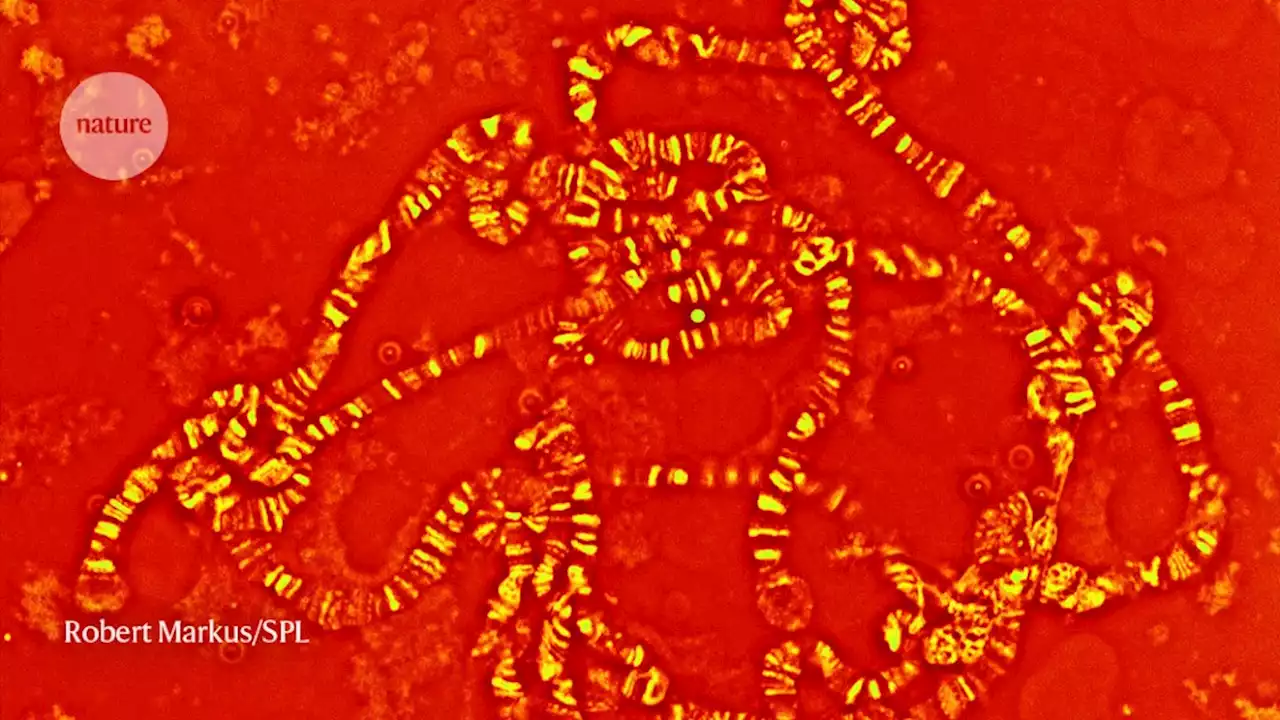Scientists alter the genomes of female fruit flies, allowing them to reproduce without any contribution from a male
Earlier research identified candidate genes for parthenogenesis, says study co-author Alexis Sperling, a developmental biologist at the University of Cambridge, UK. But her team, she says, not only pinpointed such genes but also confirmed their function by activating them in another species.In mammals, offspring are produced when males’ sperm fertilizes females’ eggs.
To identify the genes that underlie parthenogenesis, Sperling and her colleagues sequenced the genomes of two strains of the fly: one that reproduces sexually and another that reproduces through parthenogenesis. The researchers then compared gene activity in eggs from flies capable of parthenogenesis with that in eggs from flies capable of only sexual reproduction to identify the genes at work during one process but not the other.
The comparison allowed the authors to identify 44 genes that were potentially involved in parthenogenesis. The researchers altered the equivalent genes in the fruit flyAfter altering various combinations of genes, the scientists hit on a combination that induced parthenogenesis in roughly 11% of female fruit flies. Some of the offspring of these genetically engineered flies were also capable of parthenogenesis.
Although the parthenogenetic flies received genes only from their mothers, they weren’t always clones of their parent. Some had three sets of chromosomes, whereas eggs laid by mothers reproducing through parthenogenesis usually have only two.“Parthenogenesis is the most effective way to reproduce. In animals, doing sex is very complicated,” says Tanja Schwander, an evolutionary biologist at the University of Lausanne in Switzerland, who has studied parthenogenesis in stick insects.
The new work could also help biologists to understand the evolution of parthenogenesis itself, says Chau-Ti Ting, an evolutionary biologist at the National Taiwan University in Taipei. She hopes to determine whether other species of fly have genes for parthenogenesis similar to those inSperling notes that some agricultural pests use parthenogenesis to multiply quickly, amplifying their power to damage crops.
United States Latest News, United States Headlines
Similar News:You can also read news stories similar to this one that we have collected from other news sources.
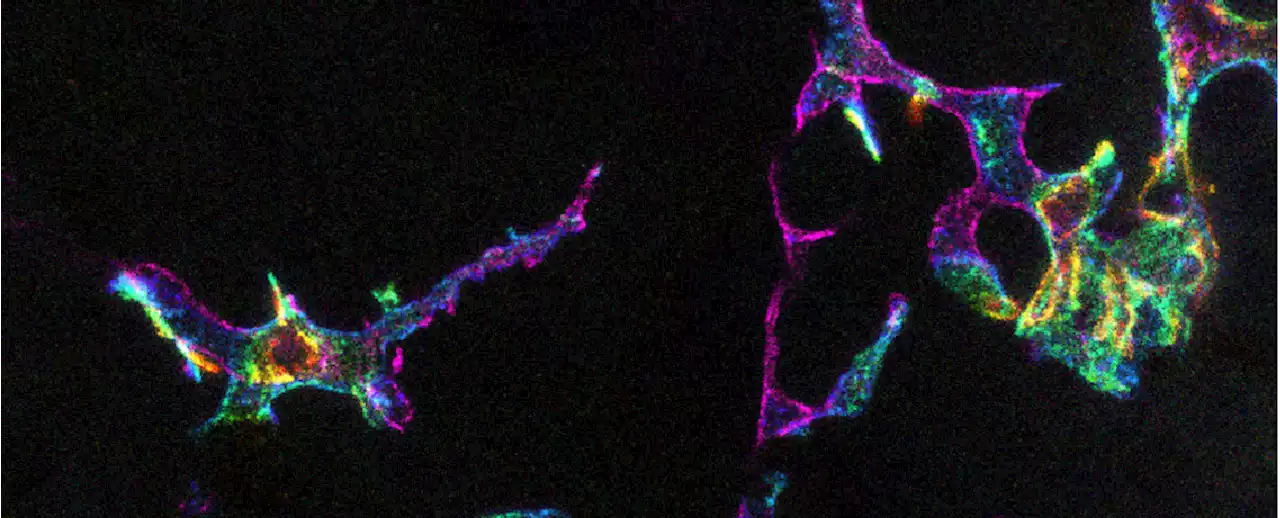 Immune Cells Patrolling The Human Eye Are Not What Scientists ThoughtThe human body is cloaked in skin, a protective layer that shields our insides from external threats.
Immune Cells Patrolling The Human Eye Are Not What Scientists ThoughtThe human body is cloaked in skin, a protective layer that shields our insides from external threats.
Read more »
 Scientists bring back to life worm frozen for 46,000 yearsScientists have brought back to life a worm that was frozen 46,000 years ago in the Siberian permafrost.
Scientists bring back to life worm frozen for 46,000 yearsScientists have brought back to life a worm that was frozen 46,000 years ago in the Siberian permafrost.
Read more »
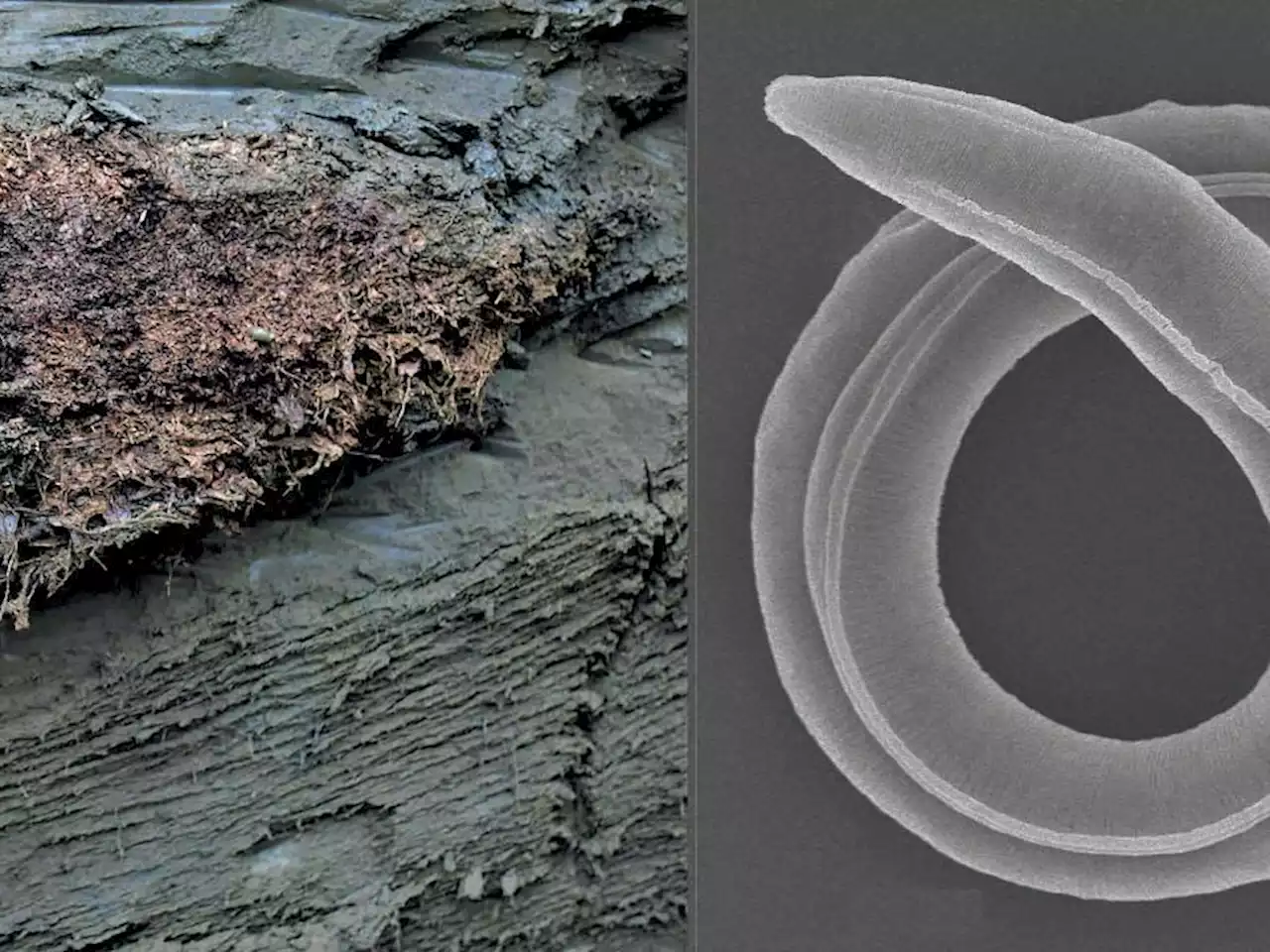 Scientists woke up a 46,000-year-old roundworm from Siberian permafrostA female microscopic roundworm that spent the last 46,000 years in suspended animation deep in the Siberian permafrost has been revived and has started having babies in a laboratory dish.
Scientists woke up a 46,000-year-old roundworm from Siberian permafrostA female microscopic roundworm that spent the last 46,000 years in suspended animation deep in the Siberian permafrost has been revived and has started having babies in a laboratory dish.
Read more »
 Scientists Are Worried About Antarctica’s Unprecedented Lack of Sea Ice GrowthThe region’s ice has failed to replenish in the midst of winter at the bottom of the world, creating a shocking “six sigma” event.
Scientists Are Worried About Antarctica’s Unprecedented Lack of Sea Ice GrowthThe region’s ice has failed to replenish in the midst of winter at the bottom of the world, creating a shocking “six sigma” event.
Read more »
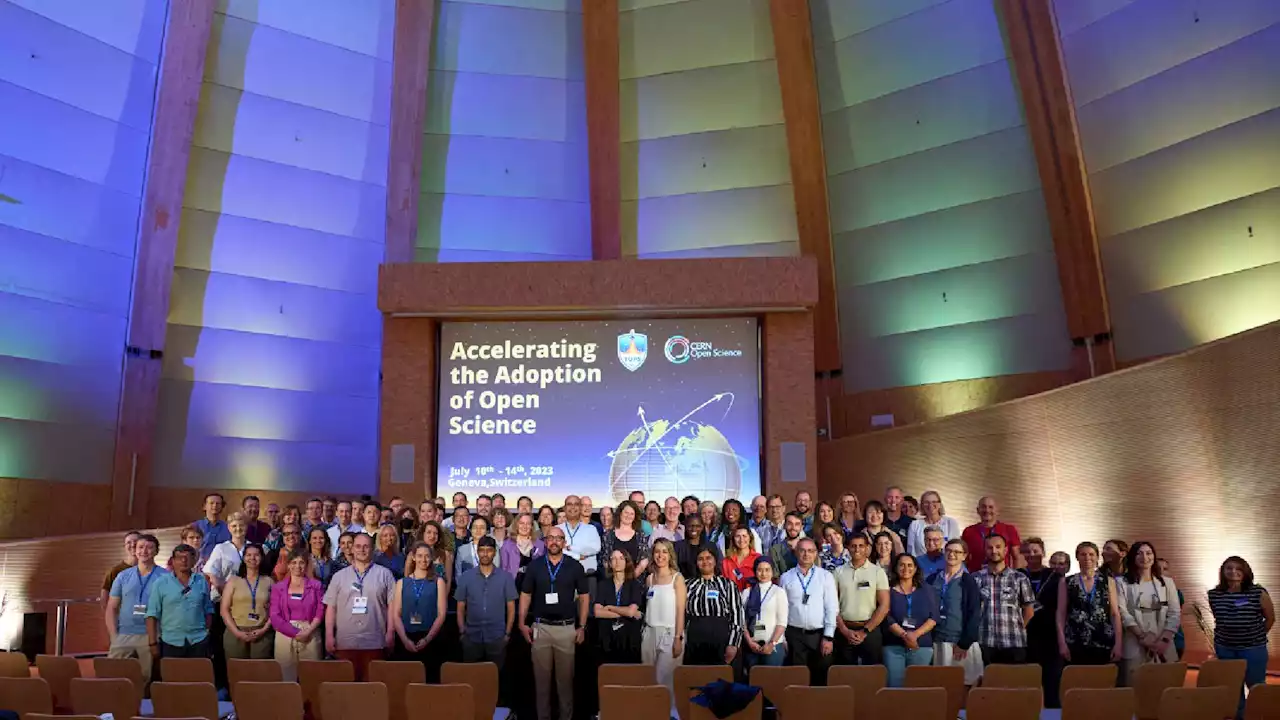 CERN and NASA bring together 100 scientists to tackle open scienceCERN and NASA organized an event that bought together over 100 experts from around the world to discuss and learn how scientific bodies can promote the adoption of open science.
CERN and NASA bring together 100 scientists to tackle open scienceCERN and NASA organized an event that bought together over 100 experts from around the world to discuss and learn how scientific bodies can promote the adoption of open science.
Read more »
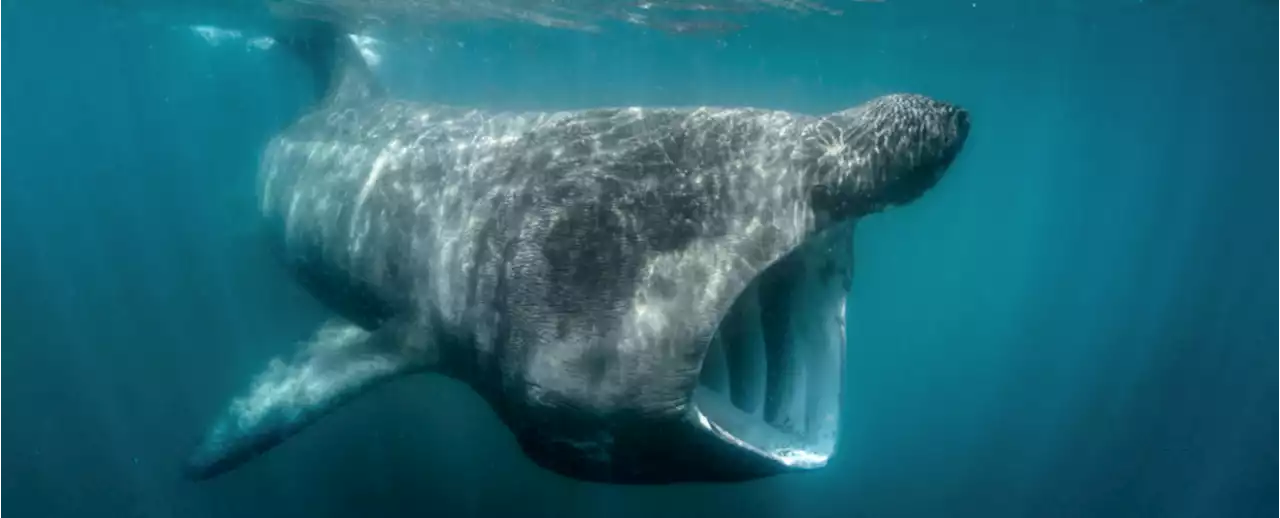 This Filter-Feeding Shark Is Not Cold-Blooded, And It's Confusing ScientistsScientists have discovered an exceptional case of a partially warm-blooded fish, fundamentally changing our understanding of fish physiology.
This Filter-Feeding Shark Is Not Cold-Blooded, And It's Confusing ScientistsScientists have discovered an exceptional case of a partially warm-blooded fish, fundamentally changing our understanding of fish physiology.
Read more »
